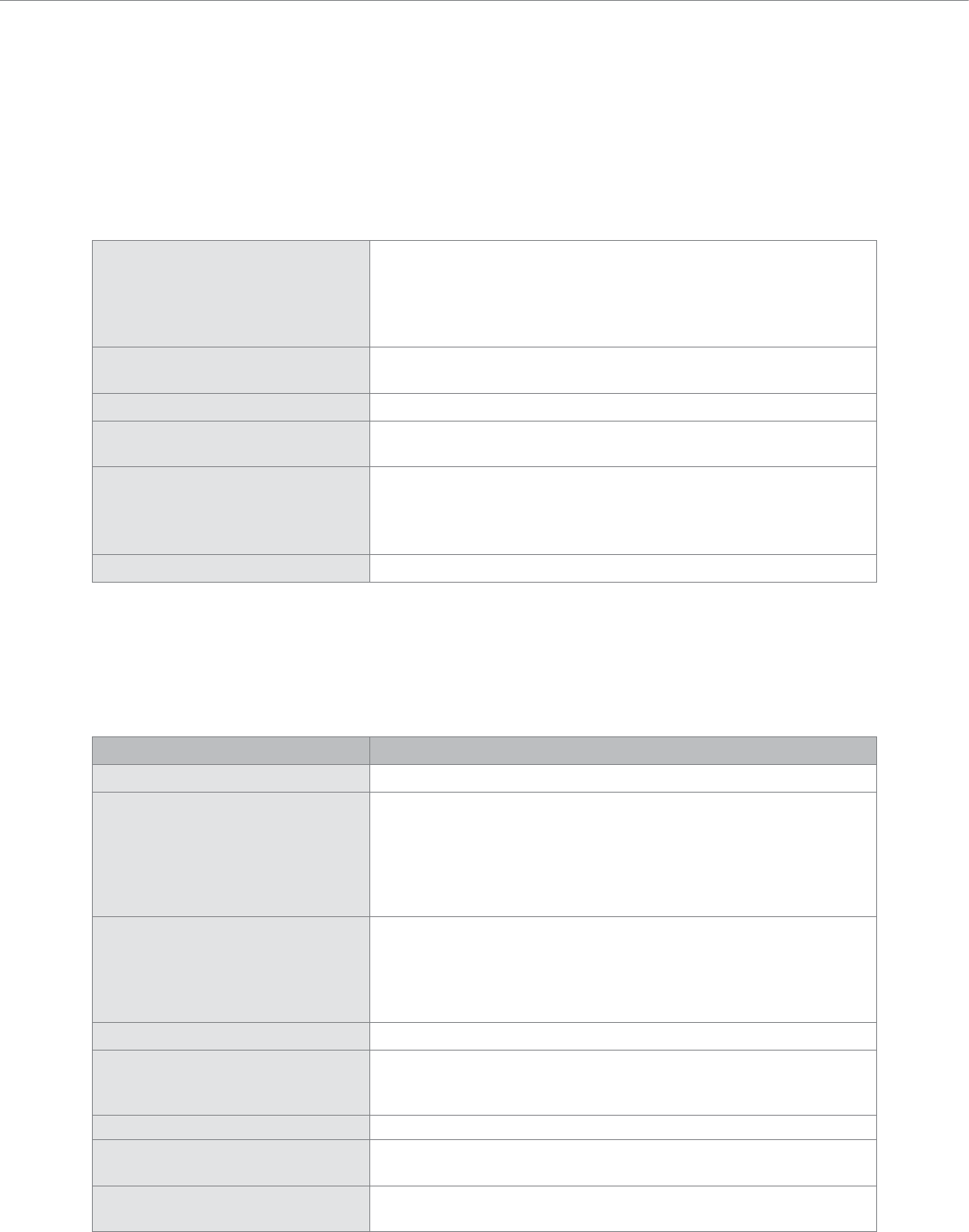Manual

4
Indications
Features
and Benefits
Attachment technique Conical or telescopic crowns
Bars
Custom attachments
Resin dies
Fixation of crowns for transfer impressions
C&B technique Inlays, onlays
Adhesion bridges (Maryland)
Soldering Splinting for soldering procedures
Model cast partial dentures Modelling of extensions,
lingual bars and clasps
Implant technique Manufacture of custom implant abutments
Implant bite registrations
Intra-oral splinting of transfer abutments
Superstructures
Electroforming (Galvano) Resin dies for electroforming technique
Features Benefits
Low polymerization shrinkage Perfect fit of the pattern and the cast object
Perfect handling properties for brush
technique
Easily controlled and precise application
Even large extensions can be built up
without problems
Quick setting, but convenient application
with brush technique
Economical usage
Favourable flow behaviour and high
wettability
Easy workability
Does not flow from applied areas
Homogeneous resin workpieces
Optimally adapted to brush technique
Efficient and economical
Burns out without residues Homogeneous castings
High hardness and strength High stability even in thin layers
Fine surface adjustments can be made with burs
Smooth surfaces after grinding or milling
Short setting time Time-saving and economical, also for mixing technique
Perfect adhesion to already polymerized
Pattern Resin LS
Homogeneous, smooth casting surfaces with precise margins
Unlimited dimensional stability of
Pattern Resin LS dies
Dimensionally stable dies even after hours or days
No dimensional changes due to room temperature










